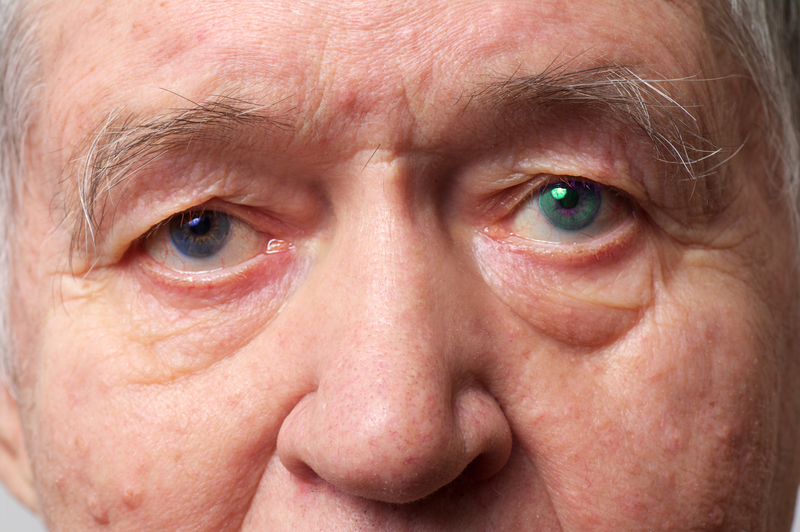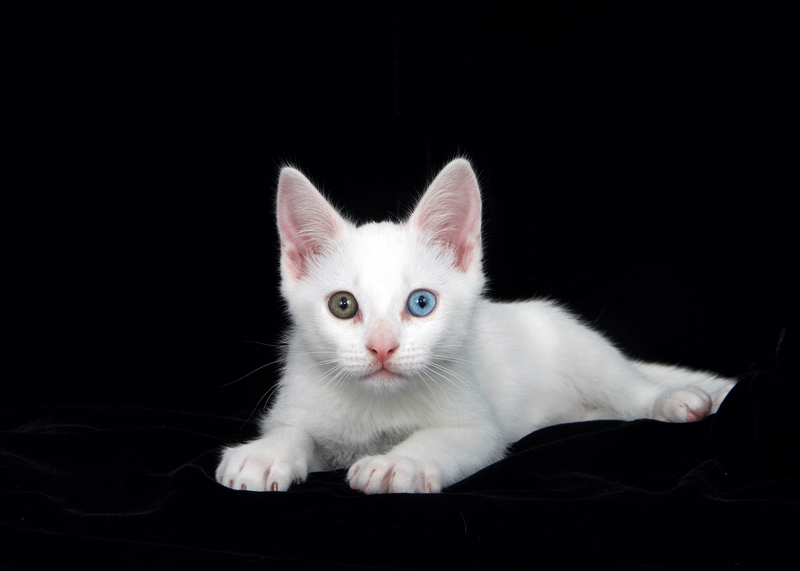Everything You Need To Know About Heterochromia: Types, Causes & Rarity
Heterochromia That Develops Later In Life

Heterochromia may also develop later in life. The condition is known as acquired heterochromia. There are numerous possible causes of acquired heterochromia including eye injuries, uveitis, some glaucoma medications, and tumors. An example of injury to the eye causing heterochromia may include blunt force trauma to the eye, which leads to bleeding and inflammation, and may also cause permanent loss of vision. Uveitis is the inflammation of the uvea, which is the middle layer of the eye consisting of the iris, choroid and ciliary body, and may be caused by an injury to the eye or inflammatory diseases. Uveitis may also be caused by exposure to toxic chemicals used in the manufacturing process. Tumours formed inside the eye can also cause heterochromia. Tumours can form inside the eye as a symptom of neurofibromatosis, an inherited disorder.
Rarity Of Heterochromia Among Species

Congenital heterochromia is a rare condition affecting about six out of one thousand people. In most cases, the condition is mild and hardly noticeable. Heterochromia of the eyes, skin, and fur, is also rare among animals but it is more common with certain breeds. For dogs, Great Danes, Malamutes, Dalmatians, Border Collies, and Siberian Huskies are sometimes known to experience heterochromia, and among cats, breeds like Khao Manees, Turkish Vans, Japanese Bobtails, and Turkish Angoras more commonly display heterochromia of the irides. Dogs may experience color changes in light blue, dark blue, amber, etc. Cats may experience color changes in orange, yellow, green, copper, etc. Other breeds spotted with this condition include horses, owls, cheetahs, monkeys, hamsters, gerbils, etc.
